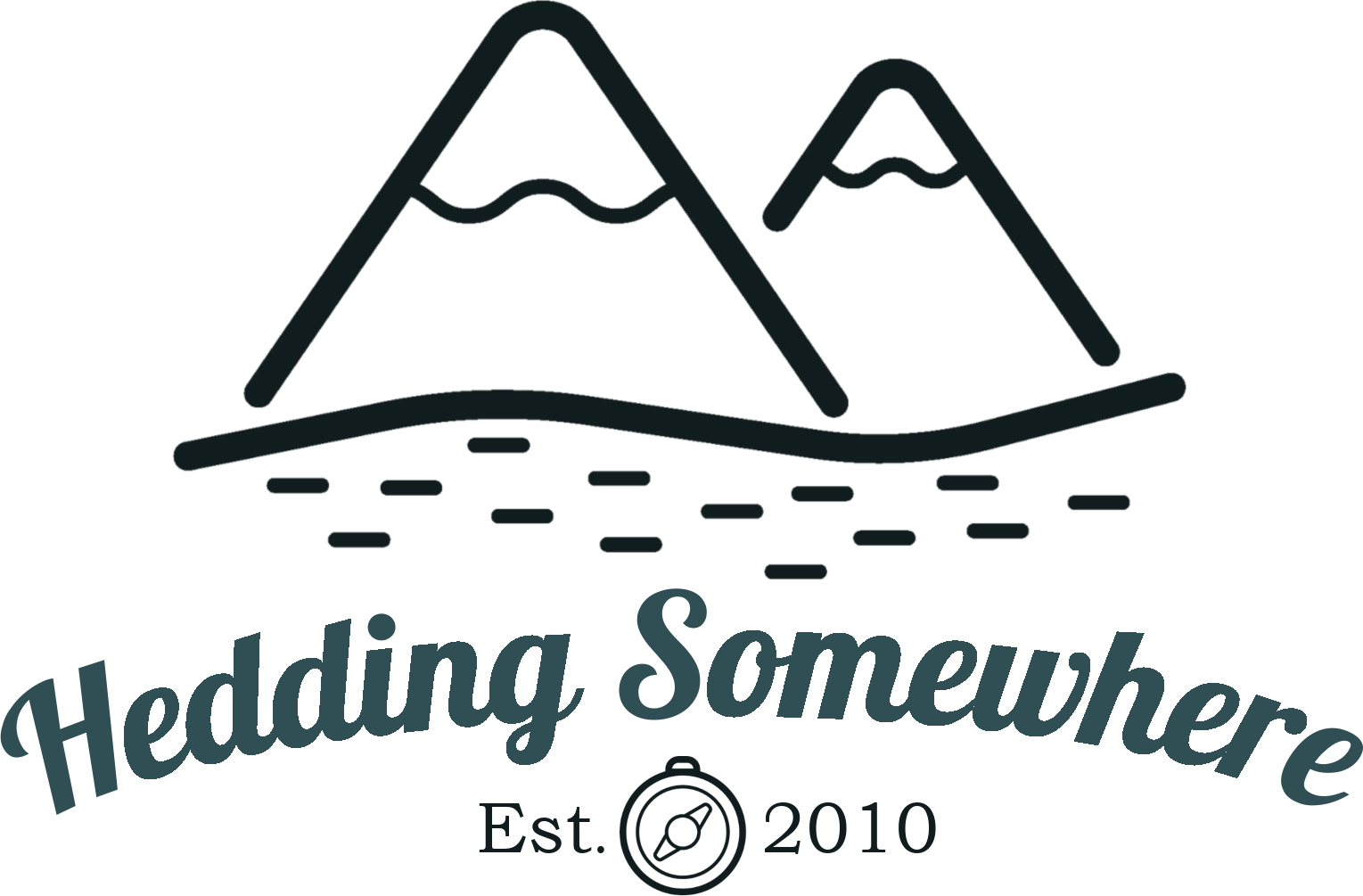Before my social media strike last year, I took part in an Instagram “challenge.” Participants shared how they home educate because home education looks different for every family. I decided I’d share that again on the blog, since I’m still figuring out how to live with social media in a healthy way. Over the coming months, I hope to write a series of posts outlining what home education looks like for our family.
When many people first look at home educating their children, they may think, how will you cover Language Arts? What is the best writing or spelling programme for my children?
There are a lot of programmes out there that may suit your family’s needs, and if Charlotte Mason inspires your educational philosophy, you don’t necessarily need a traditional language arts programme. This is how we are implementing Miss Mason’s approach to Language Arts in our curriculum.

Reading Instruction
Mr. E is six, and in the very beginning stages of reading. He’s learning letter sounds and learning to recognise what words start with what letter. He’ll learn to read at his own pace.
Mr. A and Miss EJ read many of their own books independently now. Once my children become confident readers, they transition to reading more of their schoolbooks on their own. I confess I haven’t done the best job of this because I combine a few subjects to make things simpler for myself. Each term, I include an additional book for them to read independently. If a child needs to work independently but finds the book challenging, I let them listen to an audiobook and adjust the reading speed.
Literature
On the topic of reading schoolbooks, a Charlotte Mason education doesn’t use textbooks. Miss Mason says using books that present living ideas (often in a narrative format) are more effective in teaching than dry facts from a textbook. Children should only read from the best books of high literary quality and feed minds with ideas. I’ve always been picky about what literature our children read, but since finding Miss Mason’s philosophy, I’m even more picky about the books that will feed the minds of my children. I use books suggested in the Ambleside Online curriculum, but I also change nature study and add British History, along with US history (since we live in the UK).

Handwriting, Spelling & Grammar
Copywork and dictation are used instead of a handwriting, spelling and grammar programme. It seems obvious to me to start a young child with copywork by allowing them to trace one letter a day. Fine motor skills are still developing, so we don’t want to tire little hands with tedious copying of words and sentences until they’re ready. Just copywork is sufficient for the first few years. Spelling is often “caught” by reading over mum and dad’s shoulder, reading their own assignments, or through careful copywork. Around the age of 9 or 10, I start guiding our kids in paying attention to spelling in their copywork, and later I introduce dictation.
A lot of families will take a passage out of a book they’re reading to study for dictation. I never had success with choosing passages out of our books, so we use a specific dictation and grammar curriculum. My eldest studies the passage and practises any words he finds tricky; then I dictate the passage to him 2 or 3 words at a time while he writes it down. Afterward, he corrects his spelling and punctuation mistakes.
Grammar at this stage is simple as well. Because we read books rich in language, we catch a lot of grammar rather than being taught in the early years. I only teach basic punctuation and capitalization rules or assignment-specific grammar when introducing formal grammar lessons. Again, our grammar book lays out one concept for each lesson, but it could also be done with a passage from one of our schoolbooks.

Narration
Narration is one of the key tools to a Charlotte Mason education. At its basic level, narration is when the student tells back what he knows after a single reading. Narration solidifies what the student has learned from a book or activity. It helps the child to connect with what they read. Narration is used to introduce composition, first orally and then written.
There is a lot more that could be said about narration, but it’s an entire blog post (series?) that would need writing at a later time. Or you could just read this excellent book.
The Charlotte Mason approach to Language Arts provides a natural and effective way to teach reading, writing, and comprehension. By using rich literature and allowing children to form relationships with their readings, this method replaces the need for traditional programmes. It focuses on copywork, learning spelling and grammar through reading, and enhancing understanding through narration. I believe Charlotte Mason’s approach to language arts brings a greater depth and beauty to home education.



